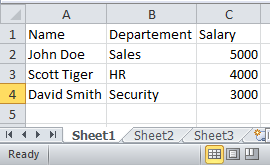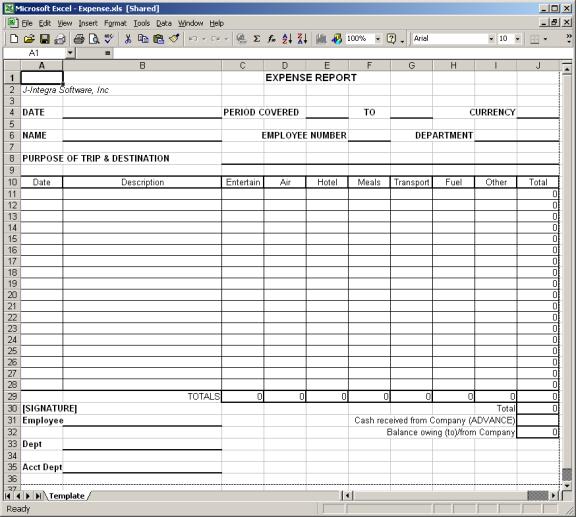Append Data to Excel with Java POI: Easy Guide

Managing data in Excel spreadsheets programmatically can save significant time, especially when dealing with large volumes of data or performing repetitive tasks. Java POI (Poor Obfuscation Implementation) is a powerful API that allows you to read, write, and manipulate various file formats of Microsoft Office. This article will guide you through the process of appending data to an existing Excel file using Java POI.
Getting Started with POI

Before we dive into appending data, let’s ensure you have the necessary tools:
- Download the POI library from Apache POI or add it to your project via Maven or Gradle.
- Ensure you have the latest versions of
poiandpoi-ooxmlfor working with .xlsx files.
Steps to Append Data

Follow these steps to append data to an existing Excel spreadsheet:
1. Set Up Your Project

If you haven’t already, include POI in your project:
// For Mavenorg.apache.poi> poi> 5.2.0>
org.apache.poi> poi-ooxml> 5.2.0>
2. Load the Workbook and Sheet

Open an existing Excel file:
import org.apache.poi.ss.usermodel.*; import org.apache.poi.xssf.usermodel.XSSFWorkbook; import java.io.FileInputStream; import java.io.FileOutputStream;
public class ExcelAppendor { public static void main(String[] args) { try { Workbook workbook = WorkbookFactory.create(new FileInputStream(“example.xlsx”)); Sheet sheet = workbook.getSheet(“Sheet1”); } catch (Exception e) { e.printStackTrace(); } } }
3. Append Data

To append data, find the last row and then add a new row:
Row lastRow = sheet.getRow(sheet.getLastRowNum()); int lastRowNum = lastRow.getRowNum() + 1;// Append a new row Row newRow = sheet.createRow(lastRowNum);
// Fill in cells with data newRow.createCell(0).setCellValue(“New Data1”); newRow.createCell(1).setCellValue(“New Data2”);
💡 Note: If there are empty rows at the end of your sheet, make sure to find the actual last row with data.
4. Save the Changes

try (FileOutputStream outputStream = new FileOutputStream(“example.xlsx”)) {
workbook.write(outputStream);
} catch (Exception e) {
e.printStackTrace();
}
5. Optimizing Performance

- Close the workbook explicitly to free system resources.
- Consider using XSSFWorkbook for .xlsx files for better memory usage.
Conclusion

By following these steps, appending data to an Excel file using Java POI becomes a straightforward process. Not only does it allow for batch updates, but it also integrates well with data from databases, APIs, or other sources, making it a versatile tool for any Java developer dealing with Excel spreadsheets.
Can I use Java POI with .xls files?

+
Yes, Java POI supports .xls files with the HSSF library. Make sure to use the org.apache.poi.hssf.usermodel classes instead of XSSF.
How do I check for empty rows in an Excel sheet?

+
Use sheet.getLastRowNum() and check each row with row.getLastCellNum() == 0 to find rows with no cells or only empty cells.
What if I need to update a specific cell?

+
Navigate to the cell using sheet.getRow(rowIndex).getCell(cellIndex) and then update it with setCellValue(value).



